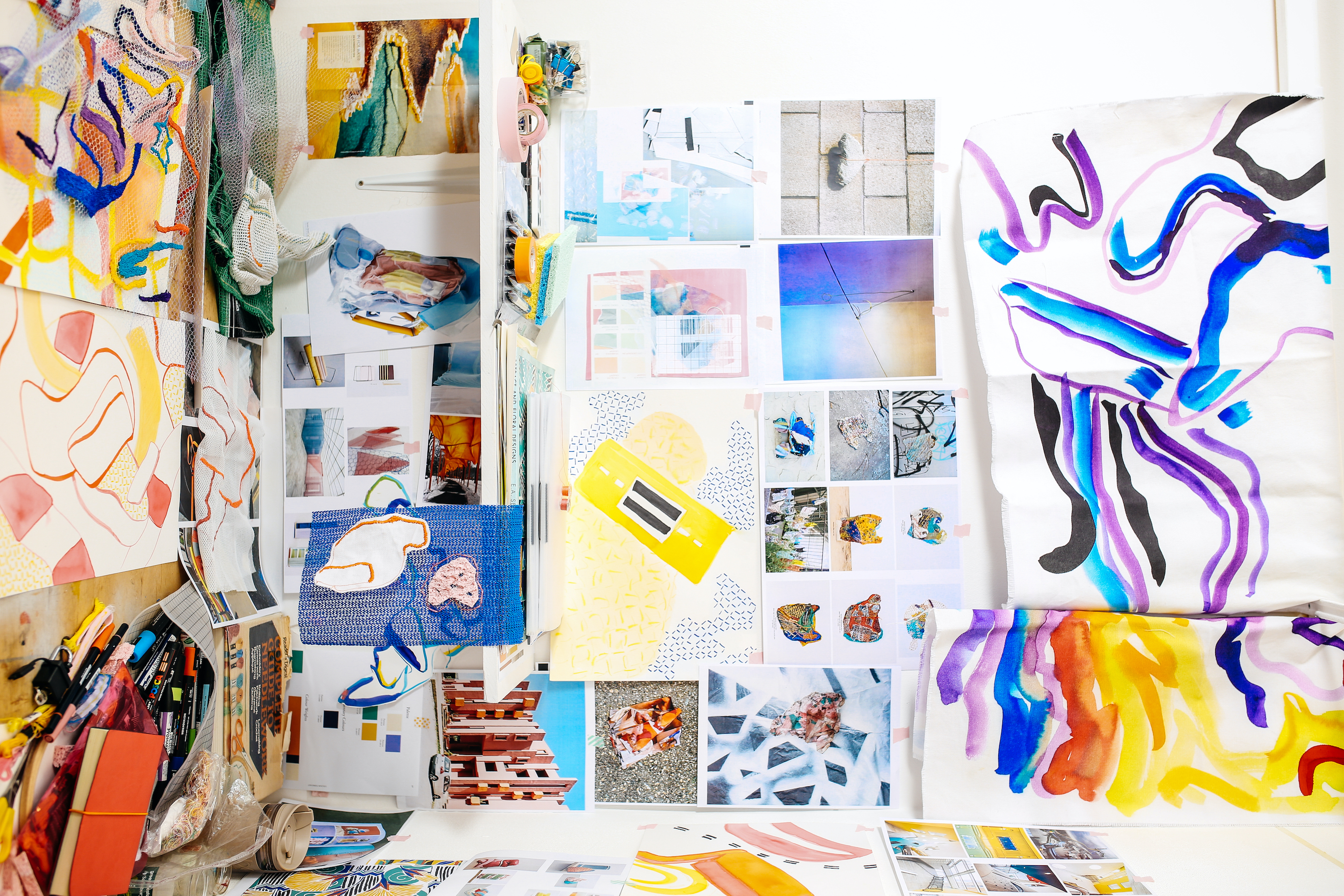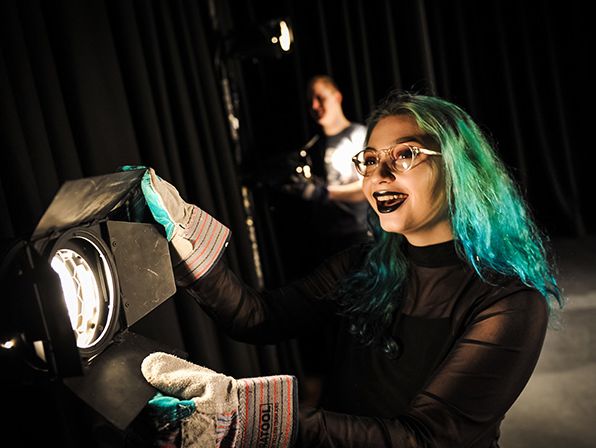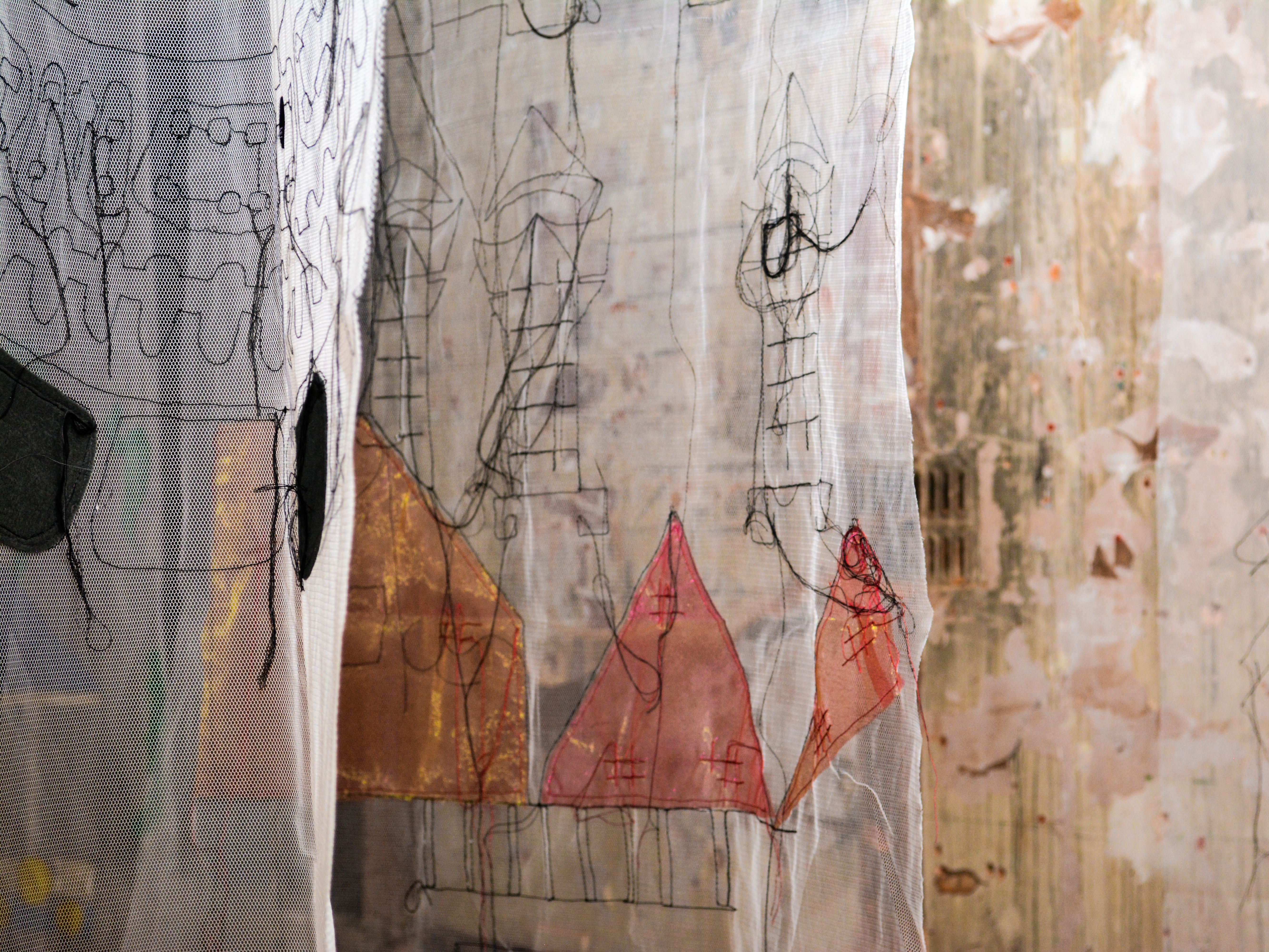In preparation for A spotlight on Level 3 Subsidiary Diploma in Visual Arts on 22 April, we asked Senior External Moderator, Ian Parker, some questions about the benefits of adding this new qualification to an existing arts portfolio. Find out more in the Q&A below.
This spotlight session is part of our Teach Inspire Create programme of digital events in 2021.
You can book on to the spotlight session by following the button below.
How does the Level 3 Subsidiary Diploma in Visual Arts sit within the current educational landscape?
This qualification fulfils a dual purpose: for students wishing to undertake an A Level sized Art and Design qualification alongside other academic subjects, and for less academically focused students, perhaps taking GCSE retakes.
Why is it important to deliver creative arts qualifications that can be delivered alongside other qualifications, such as A-Levels/GCSEs?
At a centre I complete advisory visits for, some of the students are undertaking the Subsidiary Diploma in Visual Arts alongside science subjects, and one student has the intention of progressing on to Architecture. So, there is an obvious practical role in those discipline areas, requiring a broad creative focus and the conceptual thinking skills and material engagement that Art and Design education provides. Visual Arts creates space for a dialogue in a student’s learning between the subject areas they are interested in and studying. It also gives students the opportunity to tailor their academic programme accordingly, and study, for example, the Subsidiary Diploma alongside Physics and English Literature A Levels.
For those students who are less academically focused but are very often highly creative and much more comfortable in the ‘non-linear’ space of the creative process, this qualification provides an opportunity for them to develop that area of learning at an appropriate level. It also enables them to gain ground with the more academic subjects they might be less comfortable with, like Maths and English, for example.
Studying academic subjects alongside creative qualifications makes for a well-rounded and engaging educational experience.
What advice can you give to centres offering this qualification for the first time?
To recognise the flexibility of possible delivery patterns and engage with the range of approaches this qualification allows. Also, do this very clearly in terms of the needs of particular cohorts.
The two-unit model, with the first one developing an understanding of the context in which the visual arts are situated, followed by the second one where students produce work within a self-identified and selected specialist practice, provides a long established and tested model for studying creative subjects. Although a smaller size than other UAL Awarding Body Art and Design qualifications, for example a Foundation, the model and methodology is the same. For those students wishing to progress within Art and Design, this is a good grounding for how they will be required to engage with further qualifications when they progress. Equally for those that progress to other academic areas, the conceptual and lateral skill set they will have acquired will be of great use.
Can you discuss the different methodologies that can be employed in the delivery of this qualification?
One centre I moderate at is delivering over two years (one unit per year), and the other over a year. In the centre delivering over two years, the students are undertaking other A level subjects alongside the qualification – I mentioned science subjects above. Another student also undertakes A Level Graphics alongside this qualification.
What is important about the teaching and learning that takes place on this qualification?
It gives students the opportunity to explore the diversity of art and design approaches and practices, exploring underlying visual concepts and experimenting with artistic language and materials. It also gives them the freedom to use this understanding to inform a decision about specialisation.



